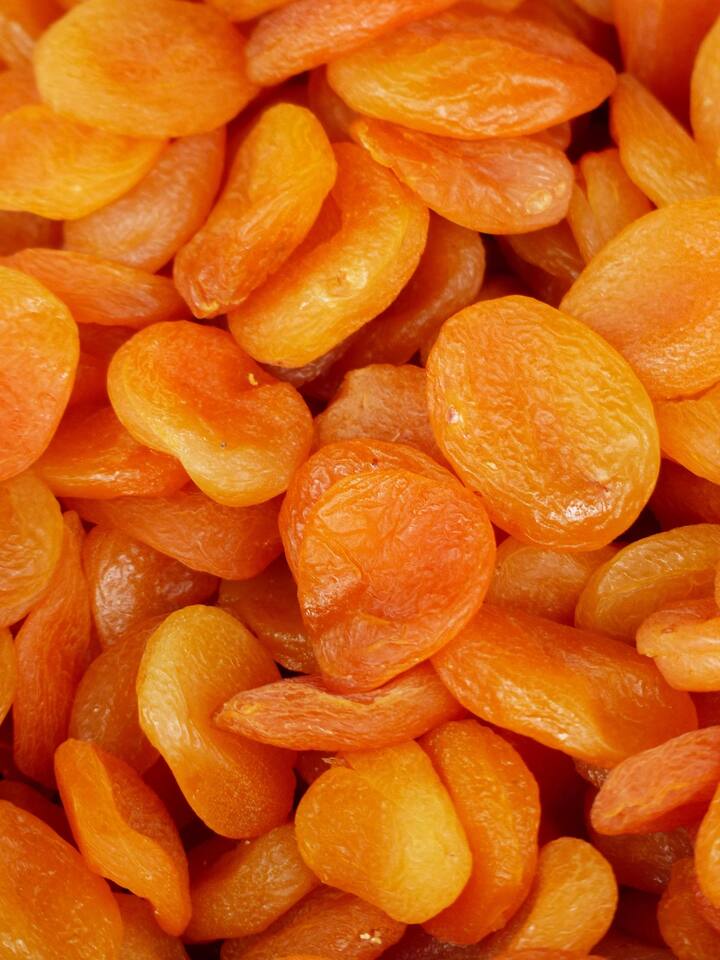
Sulphite in additives: a hidden allergen
17 april 2025
Sulphite in additives: a hidden allergen
As a quality manager, you are probably familiar with the so-called additives legislation: Regulation (EC) No. 1333/2008 on food additives. All food products must comply with this, but are you aware that this does not automatically mean that you also comply with allergen legislation?
Additives
Regulation (EU) No. 1169/2011 specifies how ingredients and allergen information must be indicated on packaging. Additives are also part of the ingredients of a food product and must therefore also comply with this policy. If an additive has been deliberately added to a food product, it is simple: it must be included in the list of ingredients and, if it is an allergen, it must be indicated in a different typeface.
There are also additives that are not intentionally added to the final product but are still present in the product, such as additives that have been added to the product via the “carry-over” principle. These do not usually need to be included in the list of ingredients.
However, if these contain allergenic substances, the allergen information must still be added to the list of ingredients. Furthermore, residues of additives may also be present in a product, for example from technical processing aids. These are referred to as residues. Regulation (EU) No. 1169/2011 defines that residues are not ingredients and therefore do not form part of the list of ingredients. In the event of possible residues of allergenic substances, it may be advisable to include an allergen warning on the label.
In the Netherlands, new limit values have been announced with the new Dutch allergen policy of the NVWA, and the use of PAL (Precautionary Allergen Labelling, formerly known as the “traces of” declaration) has been made mandatory. In Belgium, the advice of the scientific committee on reference doses for allergens applies.
Allergen Management White Paper
A hidden allergen
There is one residue that is particularly interesting for people with allergies: sulphite.
Sulfite does not actually cause an allergic reaction, but rather a hypersensitivity. It does not contain any proteins, which is why no reference value in mg of allergenic protein has been established.
However, it is included in the list of allergens in Annex II of Regulation (EU) No 1169/2011, where it has been given a limit value of 10 mg/kg or 10 mg/l. This is the maximum level that may be present in the final product. This is therefore independent of the amount consumed by the consumer.
Sulphur dioxide and sulphites (E220-E228) are mainly used in foodstuffs to extend shelf life, and these additives are therefore permitted in high quantities ranging from tens to thousands of mg/kg in many products under Regulation (EC) No 1333/2008. These values are well above the aforementioned European limit of 10 mg/kg. They must therefore be indicated in a different typeface.
Regulations and expectations
In addition, since 1 October 2024, sulphur dioxide from sulphur combustion has been approved in Europe as an active substance in biocidal products used in the environment of food and animal feed. Biocides are substances used to control harmful organisms. Examples include disinfectants, preservatives and pest control products. This could also be an antibacterial coating on packaging or something similar.
It is often not known exactly what effect this has on the sulphite content in the end product, but be aware that the allergen must be declared if it is present in the food in quantities exceeding 10 mg/kg. Sulphur dioxide and sulphites may cause respiratory problems in people with asthma. It is therefore important that it is correctly declared as an allergen.
So, whether sulphite is used as an additive, comes into contact with your food via a coating or ends up as a residue in your food in some other way, take asthmatic consumers into account and declare it if more than 10 mg/kg is present in the final product.